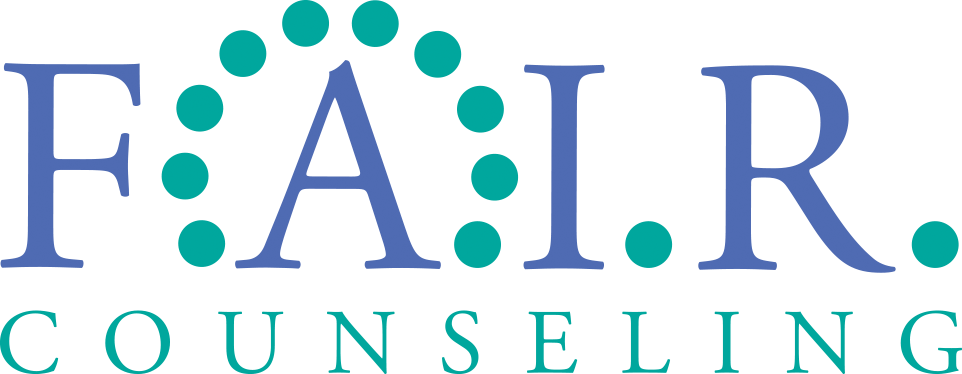Neurofeeback is now offered!
As a company, we are constantly looking for new ways to improve our practice and better help our clients. F.A.I.R. Counseling is pleased to announce that we have opened up a new treatment service called neurofeedback.
Neurofeedback (NFB) is a type of biofeedback that uses real-time displays of brain activity—most commonly electroencephalography (EEG), to aid the brain in self-regulating brain wave patterns. Many psychological issues usually have corresponding pattern of brain waves that accompany it. The most common example is found in ADHD, where studies have shown that the brain patterns manifest within this disorder usually entail “slower brain wave activity (theta) and less beta activity” compared to individuals without ADHD (Marzbani, H., Marateb, H. R., & Mansourian, M., 2016).
Neurofeedback is a non-pharmacological and non-invasive method of therapy. Accordingly, electrodes are attached to the head but do not send any input to the brain, they merely act as receptors, producing either auditory or visual representations of the patient’s brain wave patterns. The resultant effects of this therapy is that eventually the brain trains itselfto notice these patterns and can then “influence or gradually change them”(Hammond, D., 2011). due to the fluid nature of neurofeedback, it is applicable in a variety of situations, including everything from memory issues to mental illnesses, from substance abuse disorders to stroke recoveries, from headaches and migraines to health promotion (Marzbani, H., Marateb, H. R., & Mansourian, M., 2016).
The success rate of treatment is quite high, being that most studies indicate that there is substantial improvement in 75% to 80% of cases (Hammond, D., 2011). And even within a smaller subset of people, that are being those diagnosed with GAD, studies have shown that treatment results in “clinically significant reductions of anxiety” in patients (Walker, J, E., 2009). Not only are behavioral and attentional improvements found to be fixed within 6-month follow up studies, but there is evidence to suggest that the effects are lasting (Arns, M., et al., 2013).
Liked what you read?
Please share this with your network of friends and loved ones!
